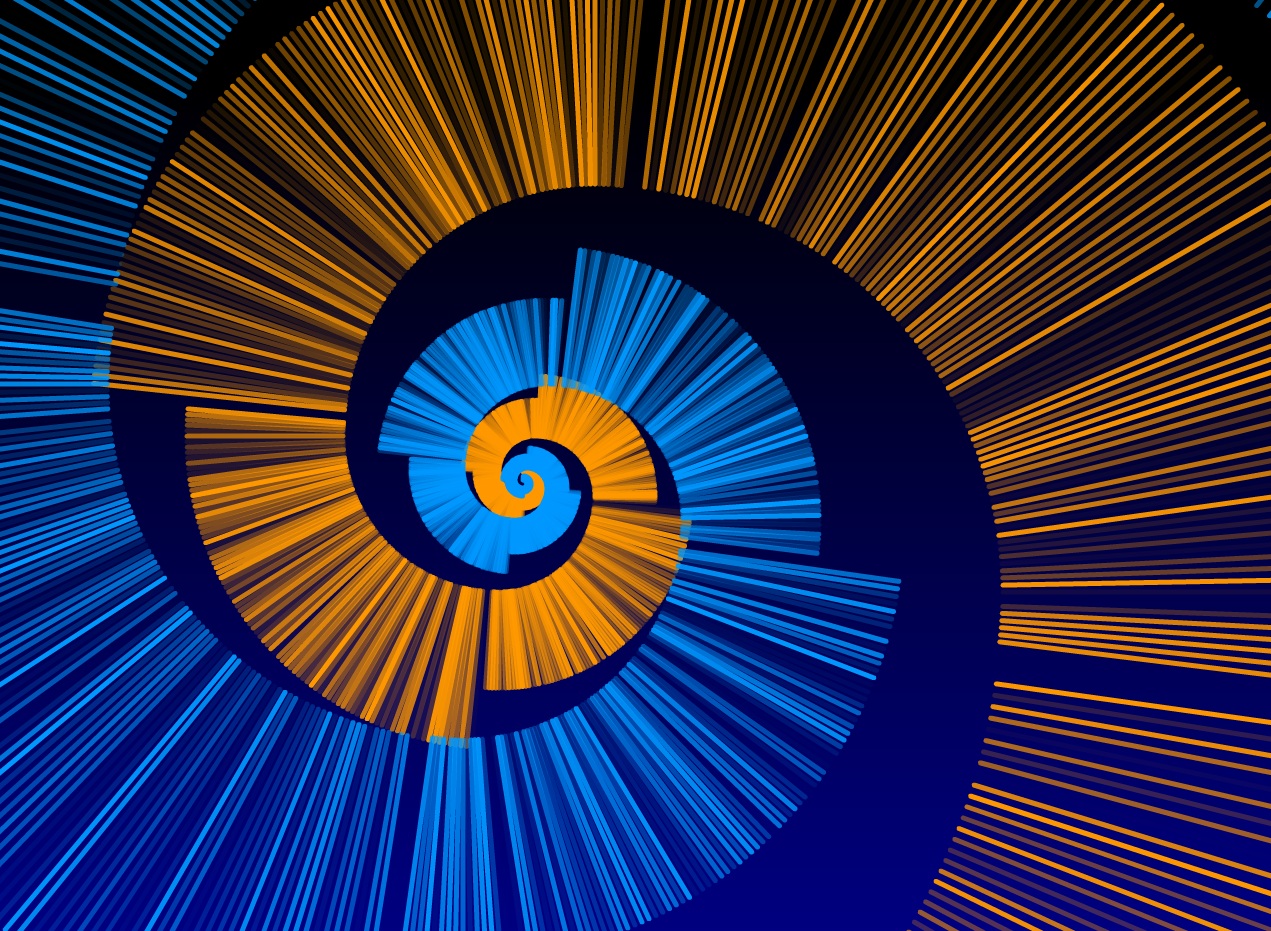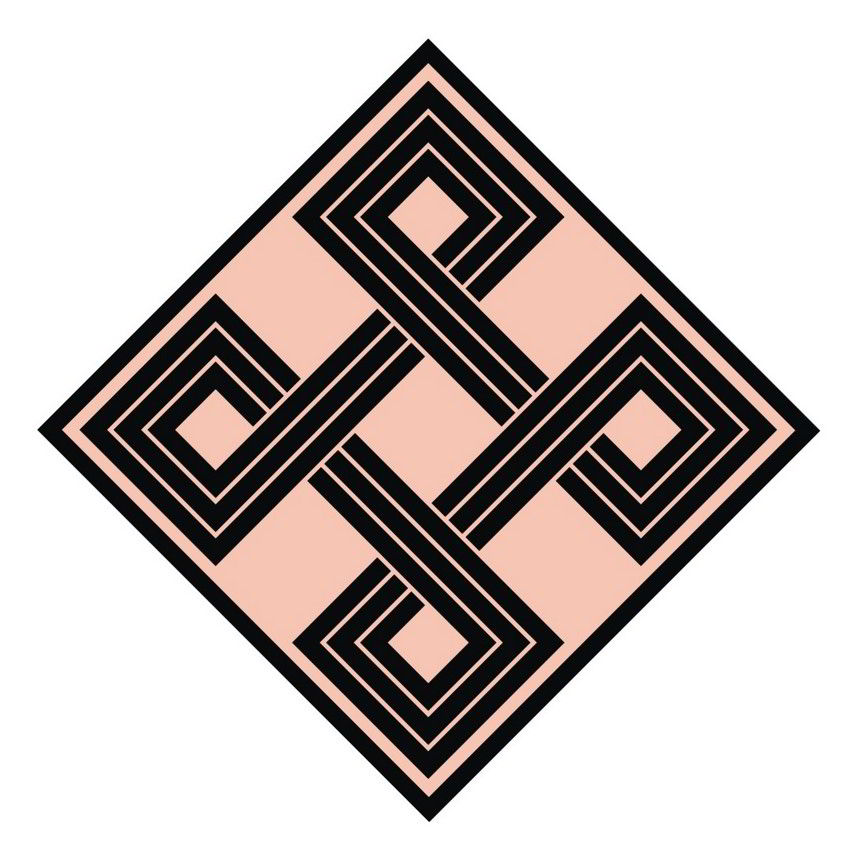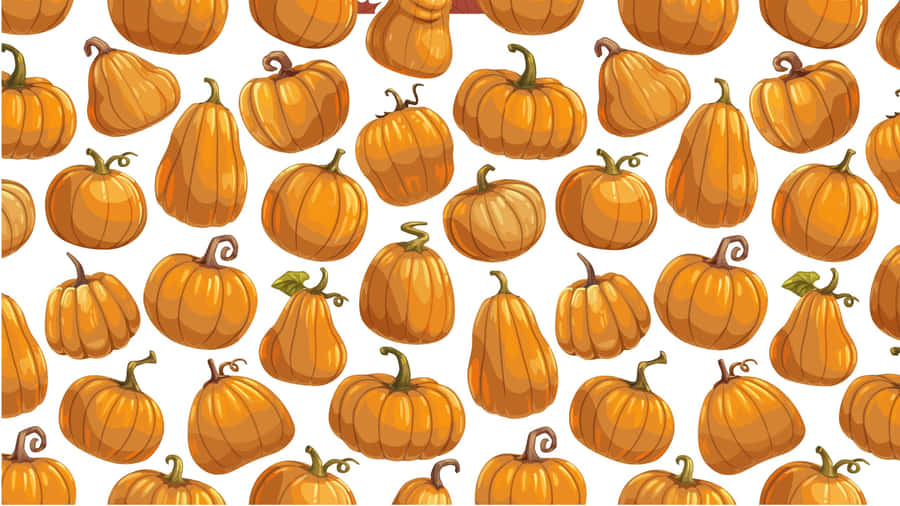So, for this new project, a lot of the inspiration is going to come from patterns. The idea behind patterns is something highly iterative, that can be repeated and transformed. through the presence of many copies of itself.
Image acquired from: http://www.123rf.com/photo_13117221_experiments-with-the-golden-ratio-top-view-of-dandelion-seeds-with-black-background-notice-the-spira.html
This dandelion is such a cool example for the use of spirals in nature. The Golden ratio is all through this image, and just the actual mathematical elements behind such a base iteration of nature is fascinating. And then the fact that it is translated onto an actual sphere makes the whole pattern even more intriguing. The pattern feels both light and very very deep and controlled at the same time.
Image acquired from: http://upload.wikimedia.org/wikipedia/commons/3/3d/DirkvdM_natural_spiral.jpg
Here the spiral is much more pronounced, but in a 3-D state. I always love playing with these plants when I come across them. There's something really fun about them! And it's really fascinating that nature chooses to create such forms. I can definitely see this being a prominent inspiration for my models, using a spiral to increment the design of the model height-wise.
Image acquired from: http://fc06.deviantart.net/fs70/f/2010/075/5/9/Fibonacci_Spiral___Flash_Art_by_Rahzizzle.jpg
Here we can see the Fibonacci spiral in much greater depth and clarity than what we could see before in the natural examples. The growth of the spiral through not only a larger spread but also a larger "strokeweight-of-sorts" makes for a very interesting composition. Again, I do really want to combine the elements that make up this spiral into a composition, for sure.
Image acquired from: http://hdw.eweb4.com/out/422971.html
Again another natural structure that has been heavily adopted into our man-made world. The hexagonal structure of the honeycomb allows for very structurally integral designs, and also just feels futuristic. While adapting from nature is by no means a new practice, for this particular structure any design that uses it just feels like it benefits massively from a burst of futurism. While I do love the concept of spirals, I also love the geometry of mathematical forms, which can be beautiful in their own right.
Image acquired from: http://www.craftsmanspace.com/free-patterns/miscellaneous-geometric-patterns.html
Drawing from some Grecian inspiration here, this Classical motif is used heavily in Ancient Grecian designs and façades. The optical illusion of such a 2-D form means that while in 2 dimensions the planes being how they look in 3-D would make the form impossible, but if we were actually to play with the design in 3 dimensions, we could actually make a very interesting form that could emulate a sort of torus knot.
Image acquired from: http://graphicleftovers.com/graphic/seamless-geometric-pattern-1863/
Another form that gives a sense of depth is this one here. Our eyes play tricks on us and we perceive a whole wall of protruding cubes. This is a really interesting pattern, and potentially playing with the idea of having a textured surface might be really interesting for the design. I'm not sure how easy it would be to make a texture stand out really well, but it could be very effective.
Image acquired from: http://www.patterninislamicart.com/drawingsdiagramsanalyses/?book_id=2&iid=3248
This design here stems from Islamic patterns. Islamic architecture and façades feature very large amounts of patterns. If we think of buildings like the Babylon Gate, the textures there are vital for making the building what it is. Without the patterns, the gate would not be the same. The patterns that I'll therefore draw on are critical to the success of the design.
Image acquired from: http://designfluff.blogspot.co.nz/2011/12/free-greek-key-and-other-stencils.html
This is another Grecian design, referred to as a Greek "Key" Pattern. The use of this pattern around columns and the edges of façades was extensive, and shows the Greek devotion to very simple ornamentation in their work. This design is simply geometric and yet still leads the eyes on a very interesting journey.









No comments:
Post a Comment